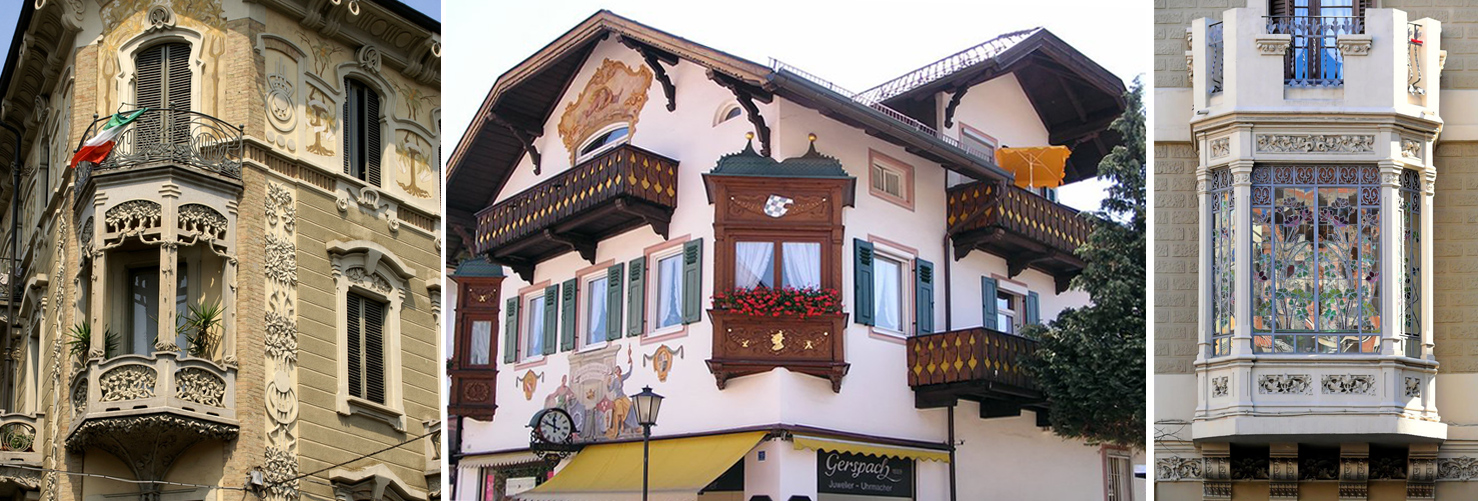Balconies in the country house. Classification
Balcony - there is nothing more familiar to us in the appearance of urban and suburban architecture. Rare facade can do without it, and there is no need to mention once again the practicality and functionality of these structures. To understand the purpose and possibilities of balconies, to understand their kinds and peculiarities, let's look into the history.
HISTORY
The word "balcony", according to some sources, comes from German (balkon), others from French (balcon), Italian (balcone), contains the medieval Latin root balcus, which means "scaffolding, woods". The first to use the word were the Italians, in reference to the ledges on the facade of the beams.
Excavations of ancient Greek cities of Hellenistic period (323 - 146 B.C.) testify to the presence of balconies on the buildings of Rome, Pompeii, and Herculaneum. In ancient China and Japan balconies were installed in the construction of pagodas (to protect them from the hot sun), and they spread throughout Central Asia, India, Persia and the Caucasus.

In Scandinavia balconies were practically not used because of the harsh climate, and in Britain, Belgium and the Netherlands preferred bay windows for the same reasons.
However balconies were not always a part of dwelling houses. The defensive constructions of the XIII century - the walls of fortresses, entrance gates in towns - needed special protection and a good strengthening. Medieval balconies had exactly these functions: heavy monolithic stone slabs with blind railings were taken forward from the planes of the walls. They were placed at the main city gates, which made them a part of the original composition and a trademark of the city.
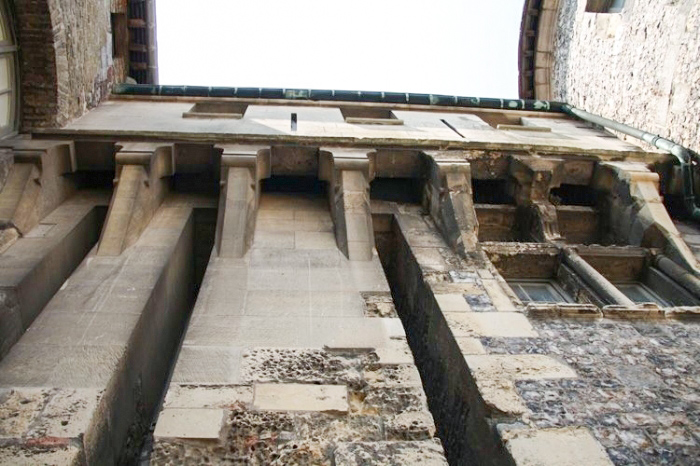
Gradually balconies changed, became light and graceful. Each style that accompanied the era brought its own distinctive features into them, shaping the balconies of today.
TYPES OF BALCONYS
A balcony is nothing more than a way of connecting room space and street space, and it is not always an originally planned detail of a building. If your house is already built or bought, but you want to add a detail, it is possible to install a balcony on the ready-made facade. Based on the design features, such balconies are divided into three types.
- Hinged balconies - attached to the facade with special fasteners and ties, do not require additional free space under them.

- Attached - are built only if there is a free area, usually on the first floors of buildings. Supported by a point foundation and lateral supports.

- Attached balconies are balconies whose load is evenly distributed between the point foundation and the supporting cantilevers attached to the facade.

Those balconies that are part of the home's design have different bracing techniques.
- The design is on cantilevered beams and brackets that support the base of the balcony. The beams are embedded in the wall up to half a meter.

- Balcony with a base in the form of a cantilever plate. It is the one that is "sewn into" the wall. This type is found mainly in brick buildings, for lightweight block structures it is not suitable because of the great weight.
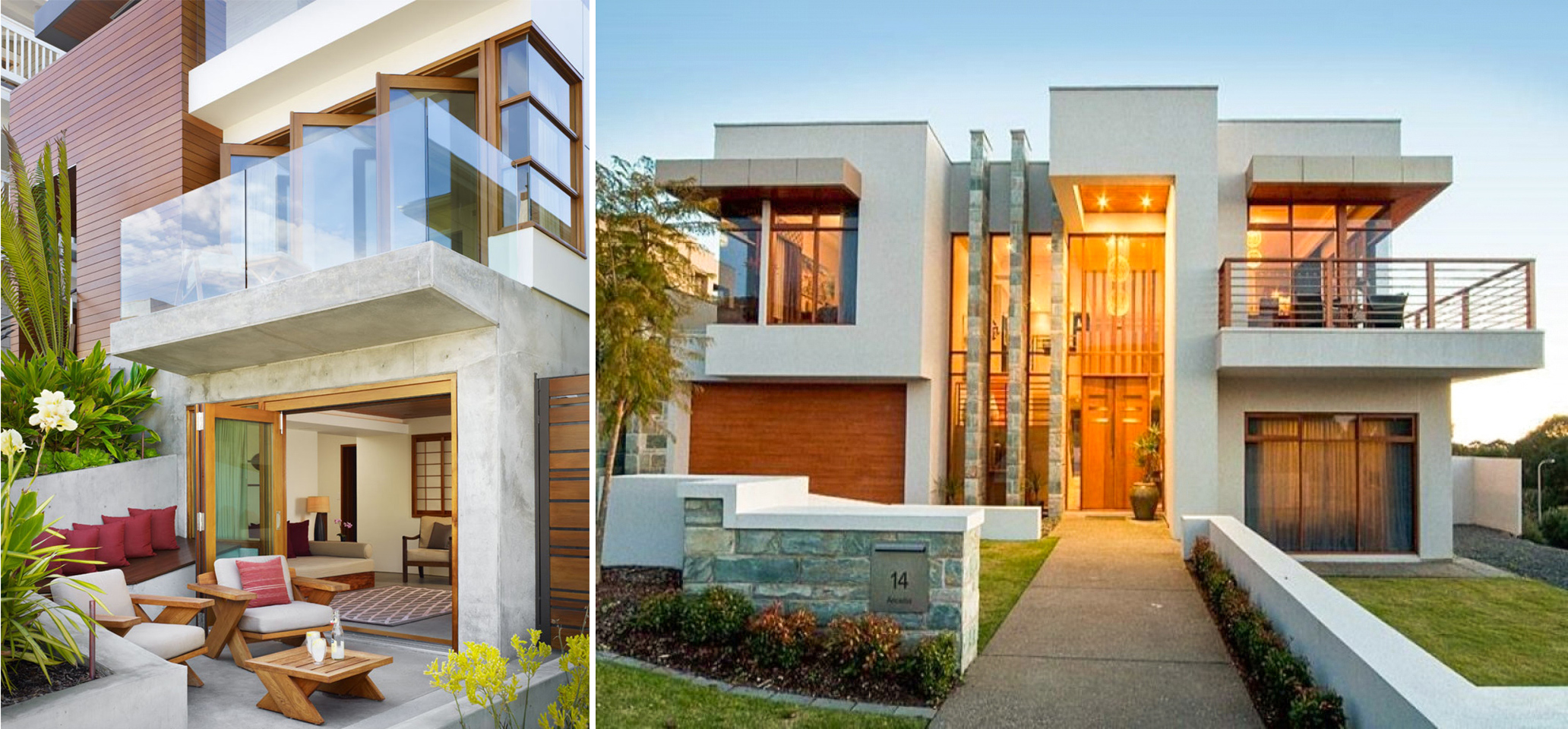
- Balcony on external supports-columns - an option only for the lower floors of buildings.
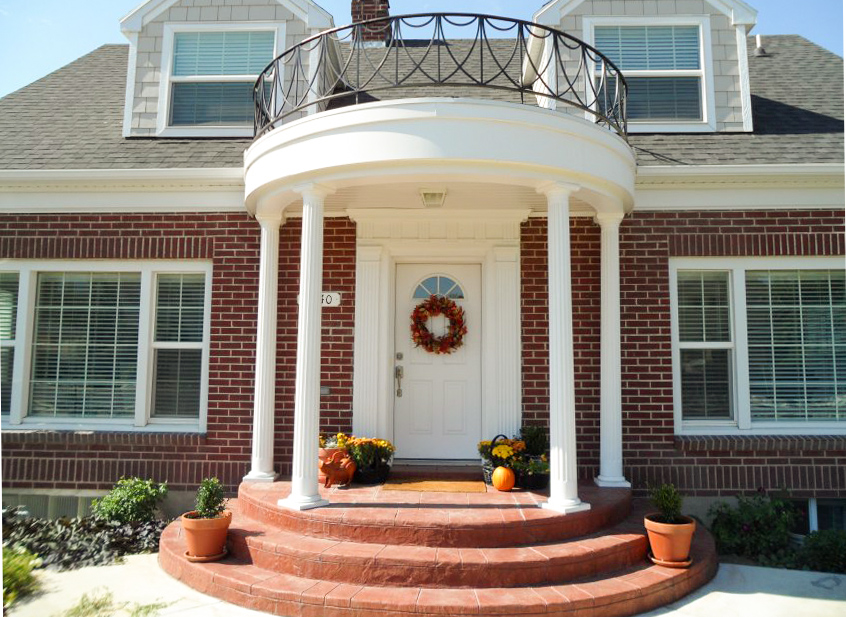
Balconies differ from loggias in that they protrude beyond the walls of structures, while the loggia is "recessed" into them.
According to the degree of openness balconies are divided into open and closed, in this case it is most often about glazing, although you can close the space, for example, and with the help of forging. Glazing is one of the most convenient ways to fence off noise, dust and temperature changes.
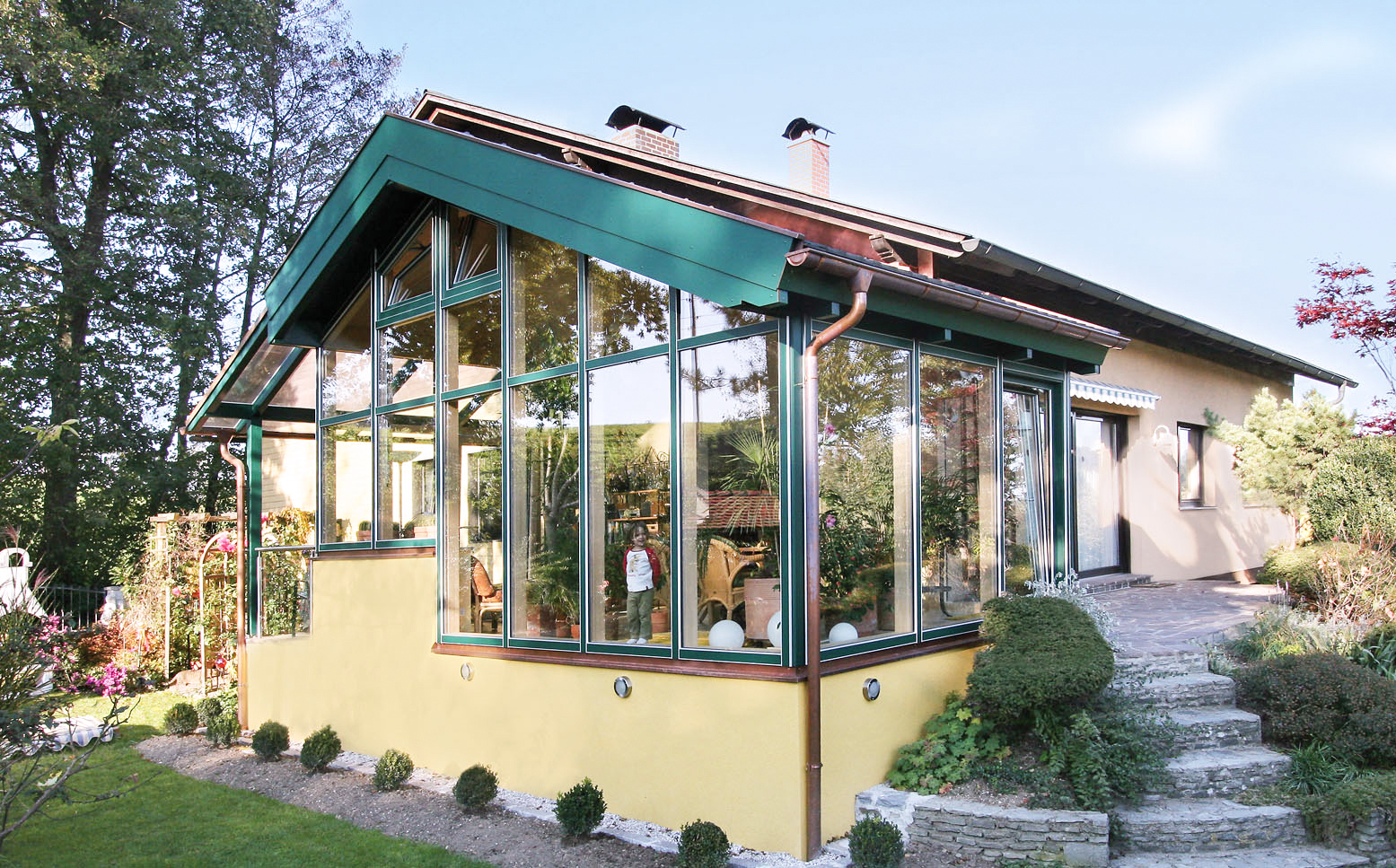
Modern private construction abounds with techniques for making a building expressive with the help of balconies. Thus, on facades you can see asymmetrical balconies - either having non-standard shapes or located in an unusual, asymmetrical way. In some cases, this is a sign of a particular style (most often art nouveau), in others - a tribute to necessity (freeing up space for sunlight or a way to facilitate perception).

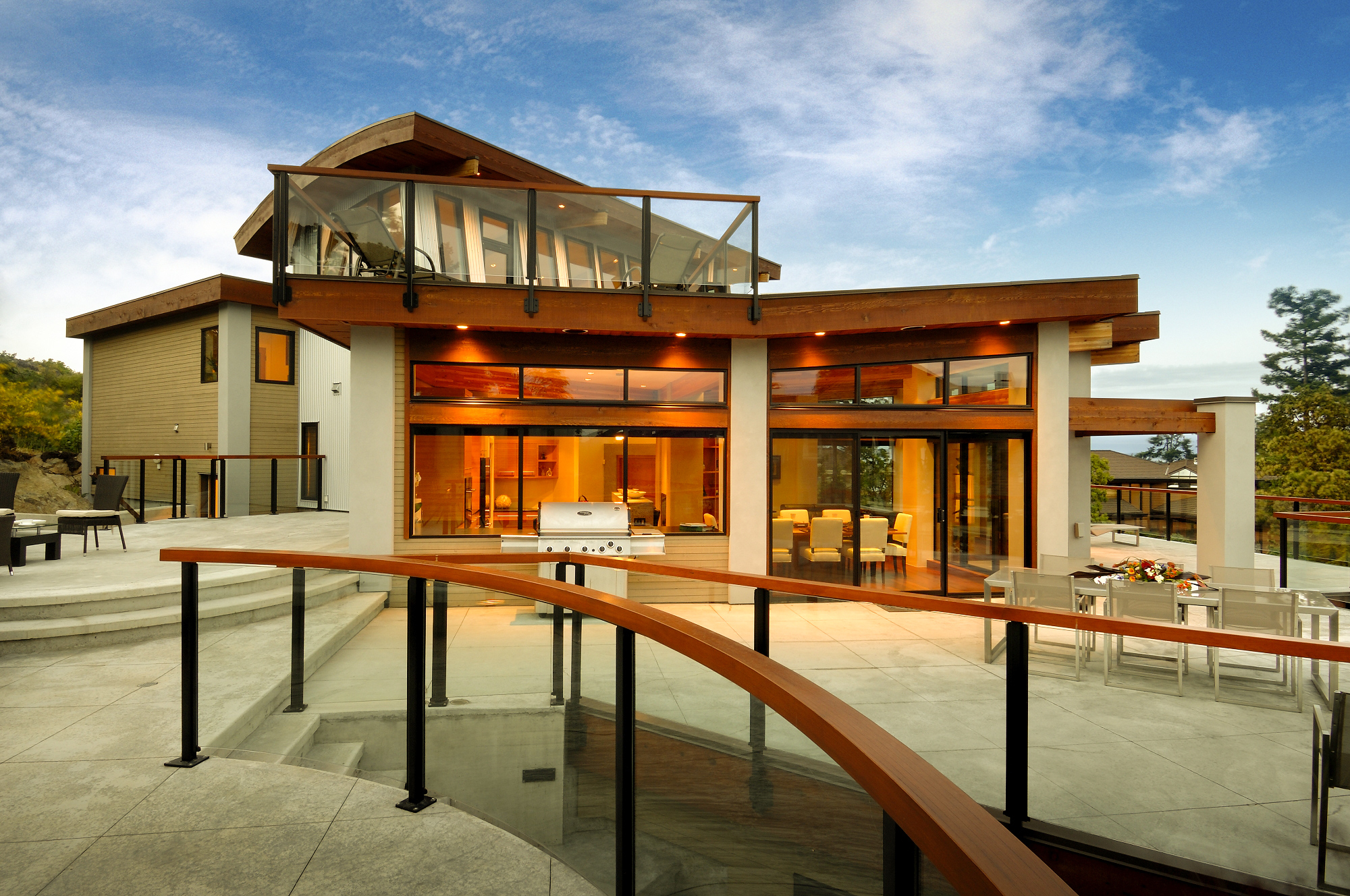

National special features
A wide balcony is a nice bonus for the owner. By the degree of width balconies differ, characteristic of the architecture of different countries. In Russia, standard balconies are quite narrow. Swedish balconies are similar to them: not wide outlets with metal fences.

In the U.S., balconies are long and wide, encircling houses like ribbons, with low, half a person's height, railings.

In Italy, balconies are the decorations of buildings, and each one is unique. Their advantage is not in the width, but in their unusual shape: hollow, rounded, curved, asymmetrical, framed with openwork wrought iron, stucco, with columns or balustrades, and necessarily buried in the greenery.

The Spanish balcony is the epitome of laconism. Its size is small, its form is often square (rectangular), austere. The grill-fence is used only in the center, along the sides are blank concrete frames.

The narrowest of all national balconies is French. It can also be seen in Russia, especially in buildings from the Soviet era, although no one guesses that it is a French type of balcony. Originally, a French balcony was a narrow area with a wrought iron fence where only one person could fit.
Today, in fact, they are panoramic windows with a tiny curved platform resembling a basket. Functionality of French balconies is limited by their size, but they serve as decorative decorations of facades.


In architecture the classification of balconies is vast: continuous, horizontal or vertical segmentation, emphasizing the vertical or being a part of portals, bay windows and so on. Architects draw their inspiration from different sources, from natural lines and shapes to futuristic images.
Continuous balconies, which surround the house, divide the façade with horizontal lines, visually lowering the building. Such balconies can be decorated with carved or wrought iron fencing, or have none at all - balconies-exposures without fencing are characteristic, for example, of the Wright style.
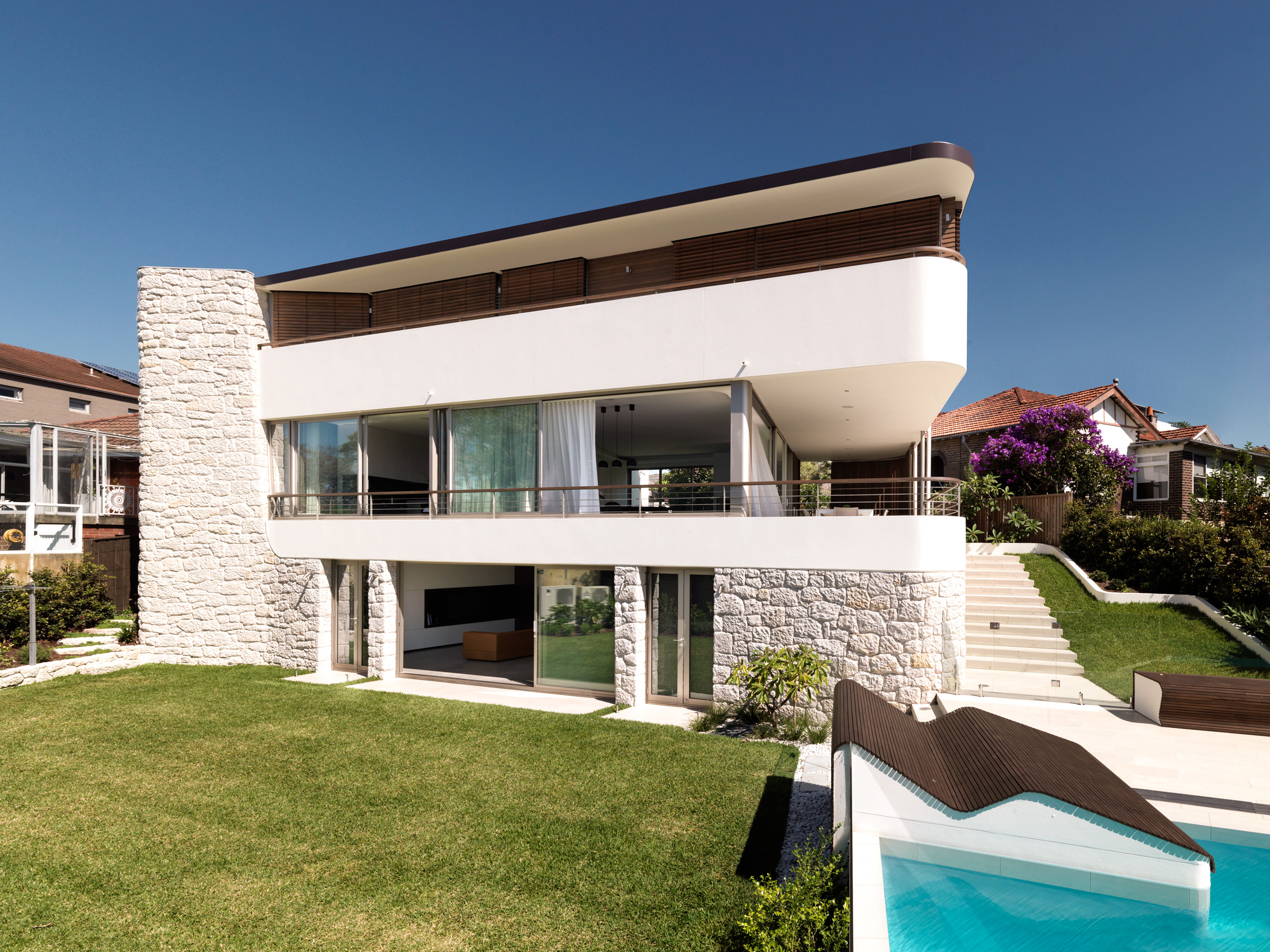
Horizontal segmentation can also be achieved by means of single balconies, which was particularly characteristic of Italian architecture from the Renaissance. Balconies are placed on the ledge of the first floor or on a cornice.

Bay windows are the most common way to give a building a relief and expressive appearance. Often they are combined with balconies. And if the bay window is a way to increase the internal space and lightening of the rooms, the balcony is an additional opportunity for a close connection to the outside world, a place of rest.
